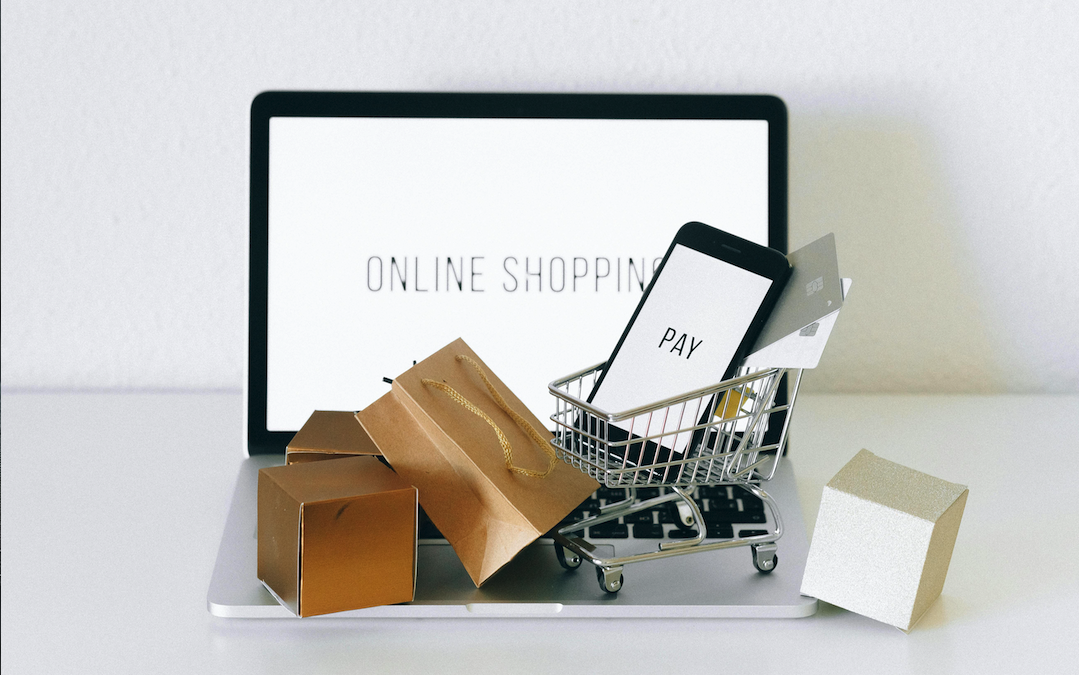
Times are both tough and exciting for the world of e-commerce. Tough because the landscape is more competitive than ever, but exciting because there is an increasing number of technologies making it easier than ever to succeed.
From streamlining operations to enhancing customer experience all the way to forecasting sales, modern tools are, quite literally, transforming e-commerce as we know it. If you’re looking for ways to take your business to new heights and boost your sales, here are the five most powerful technologies that can help you with that.
1. AI-Powered Personalization and Chatbots
In e-commerce, personalization is everything: the modern buyer not only wants but demands personalized recommendations and a perfectly seamless shopping experience, ideally tailored just to them. This is where AI-powered algorithms and chatbots come into play.
The former can help you understand your customers’ preferences and behavior better so you can offer them both personalized product recommendations based on their past purchases and targeted marketing, including personalized pop-ups and emails, so you can increase engagement and ultimately drive sales.
Chatbots and virtual assistants can also greatly enhance your customer experience by providing product recommendations and helping with order tracking. But the best thing about these AI-powered tools is that they can provide 24h/7 support, and therefore improve response times.
2. PLM Software Integration
Whatever you sell online, it’s not easy to manage the life cycles of hundreds, maybe even thousands of products in real time. This is where product lifecycle management (PLM) solutions come into play.
A good PLM system can not only streamline but also optimize your operations by incorporating all product data into a single database, which you can then use throughout the entire lifecycle. The result is getting higher-quality products to market faster, among many other benefits.
While there are many PLM solutions out there, one industry-leading PLM tool that stood out during our research for this article is Windchill. This software allows you to streamline all your PLM processes and reduce costs while delivering top-quality products to your customers quickly and efficiently. By integrating this one or other similar PLM software into your operations, you can reduce errors, work more efficiently, and stay ahead of your competition while driving growth in your e-commerce business.
3. Voice Commerce
Voice commerce makes it easier for shoppers to find and order products online, so it’s no surprise it’s on the rise. Research shows that in 2022, over 27% of consumers in the U.S. used smart assistants to shop online and this number is only expected to grow in the future. So, if you’re aiming for long-term success and to differentiate yourself from competitors, it makes sense to optimize your store for voice search.
To do this, you need to optimize your product descriptions and metadata for natural language queries. It’s also wise to integrate voice-activated shopping capabilities into your website or mobile app so you can cater to the growing number of consumers who prefer hands-free shopping experiences.
4. Augmented Reality (AR) and Virtual Reality (VR)
AR and VR are some of the technologies with the most potential to transform the world of e-commerce thanks to the immersive experience they offer to (potential) buyers. Whether it’s applying makeup online, trying on virtual clothing, or previewing furniture in their living room, AR and VR greatly enhance the online shopping experience for customers. As a bonus, they also help reduce returns.
While this technology is still relatively new if you want to stay ahead of the competition while offering the absolute best experience to your audience, consider implementing at least some AR and VR features on your website or mobile app. This can do wonders for increasing the satisfaction of your customers and, again, reducing returns.
5. Blockchain Technology
Thanks to its decentralized ecosystem, blockchain technology offers secure peer-to-peer transactions, making it perfect for e-commerce. By leveraging blockchain, you can improve trust in online transactions while reducing the risk of fraud charges and chargebacks – it’s a win-win.
But how do you go about integrating blockchain technology into your website? First, pinpoint exactly where this technology can make the biggest difference in your store: is it payment processing or inventory tracking? Next, educate yourself and your team on the applications and safe practices regarding blockchain, and then start small. Test it in smaller parts of your operations and then gradually expand the technology across your platform by partnering with experienced providers.
Conclusion
E-commerce is constantly evolving thanks to new technologies and the ever-changing behavior of customers. To stay ahead, it’s not only recommended but necessary to adopt the latest technologies that enhance and personalize the shopping experience. From AI-powered personalization and customer support to blockchain-enabled supply chain transparency, the latest technologies are transforming how businesses operate and interact with customers, and any e-commerce aiming for long-term success would be wise to embrace them.
Share this post
Leave a comment
All comments are moderated. Spammy and bot submitted comments are deleted. Please submit the comments that are helpful to others, and we'll approve your comments. A comment that includes outbound link will only be approved if the content is relevant to the topic, and has some value to our readers.

Comments (0)
No comment